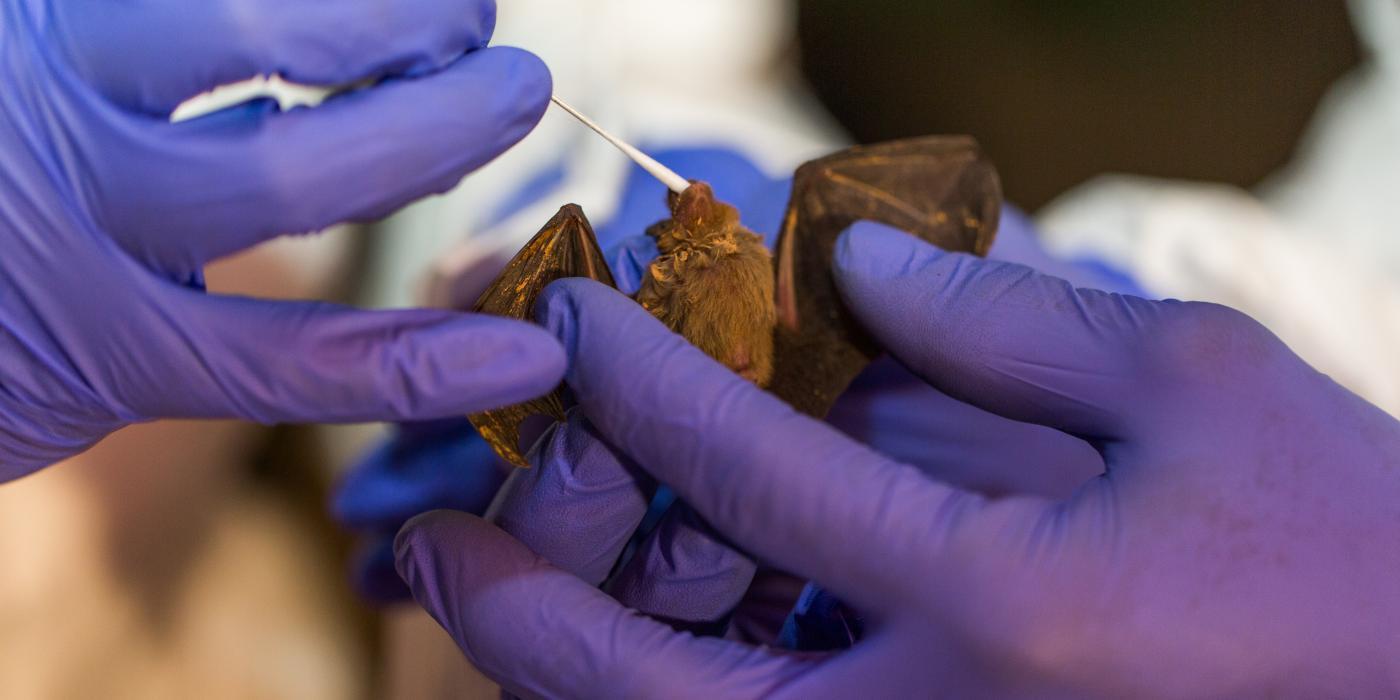PREDICT Myanmar
USAID PREDICT Program
The United States Agency for International Development (USAID) initiated the Emerging Pandemic Threats (EPT) program in 2009 with the goal of strengthening capacities in developing countries to prevent, detect and control infectious diseases. PREDICT, a surveillance and virus discovery component of the EPT program, focuses on building capacity to identify potential viral threats at high-risk, animal-human pathogen transmission interfaces where diseases are most likely to emerge.
PREDICT-Myanmar
As a leader in conservation research, Smithsonian researchers have worked closely with Myanmar's Ministry of Natural Resources and Environmental Conservation for more than 20 years and continue to achieve effective conservation and management through research and training.
Among the Smithsonian's many conservation and scientific activities in Myanmar, the Global Health Program is dedicated to conservation medicine, disease prevention, and the overlap between animal, human, and ecological health. As a part of these goals, GHP has partnered with two additional Myanmar ministries — the Ministry of Health and Sports, and the Ministry of Agriculture, Livestock and Irrigation — to implement USAID's PREDICT project and advance the One Health initiative in this country.
See more of the Global Health Program's work in the field.
The PREDICT-Myanmar team's goal is to better understand how diseases are transmitted from animals to humans. Researchers collect samples from a wide array of species in and around Myanmar, including but not limited to bats, rodents and primates. Because disease transmission is most likely to occur when humans have direct interaction with wildlife, GHP also studies different types of interactions, such as hunting, wildlife markets and wildlife trade.
Additionally, GHP investigates domestic animals and coordinates with human healthcare professionals to help identify viral risks in humans. In sharing information between human and animal health professionals, the PREDICT-Myanmar team aims to identify dangerous zoonotic diseases before they become pandemic threats, facilitating rapid response to currently undetected viruses.











